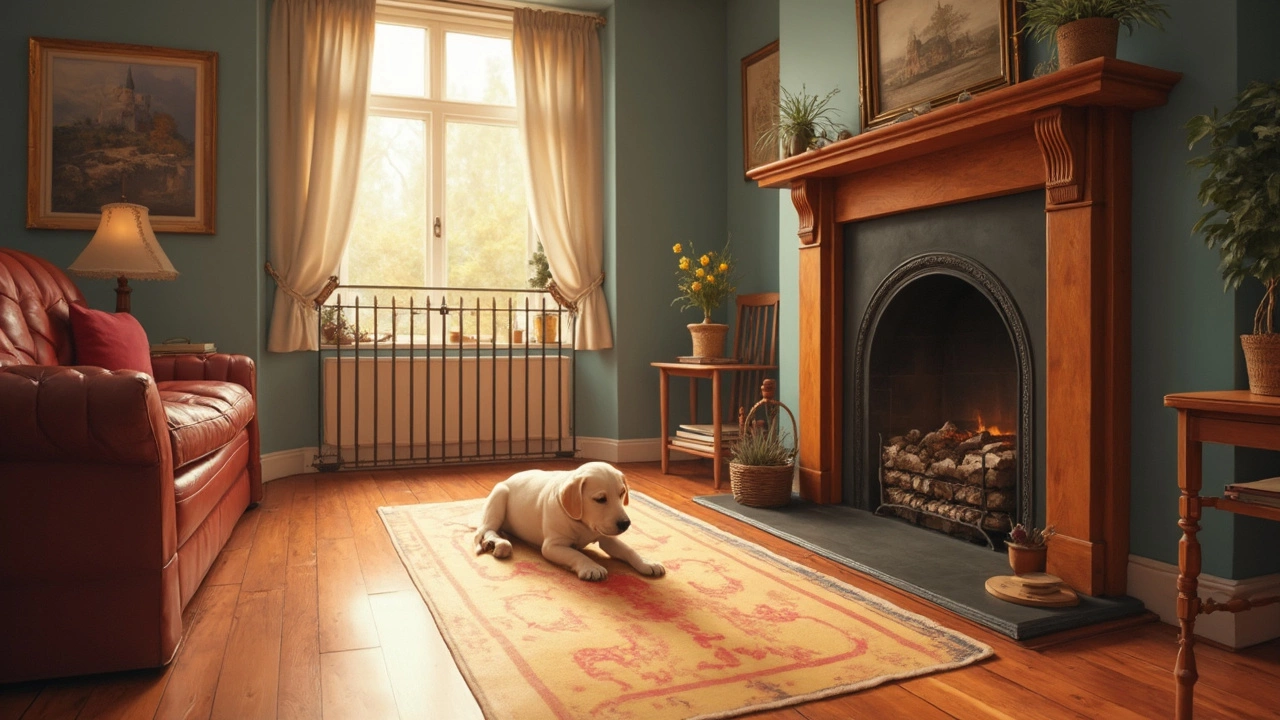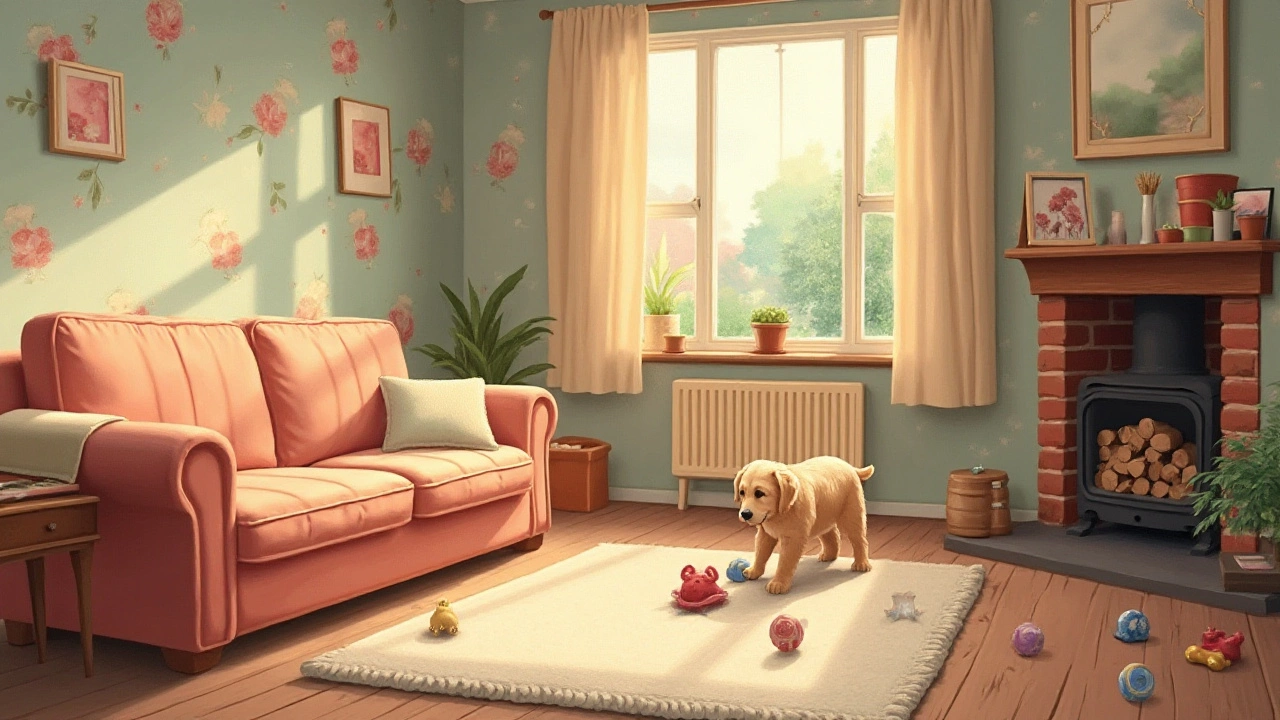Puppy Safety: Simple Steps to Protect Your New Friend
Bringing a puppy home is exciting, but it also means a lot of new hazards suddenly appear. A curious nose and boundless energy can turn a harmless household item into a danger zone in seconds. The good news? Most risks are easy to spot and fix, so you can enjoy playtime without constant worry.
Everyday Hazards to Watch
First thing’s first – look around your living space like a safety inspector. Small objects like socks, children's toys, or dropped food can become choking hazards. Keep cords out of reach; puppies love to chew and a chewed‑up cable can spark a fire.
Floor surfaces matter, too. Slippery tiles or hardwood can lead to slips when your pup is still mastering coordination. Lay down non‑slip mats in high‑traffic areas and use area rugs with a rubber backing. Also, check your doors and gates. A gap under a door is an invitation for a tiny explorer to dash outside.
When it comes to potty training, accidents are inevitable. But don’t let them turn into health hazards. Clean up any urine or poop quickly with an enzyme cleaner – regular cleaners can leave a scent that encourages repeat accidents. The post “How Long Does It Take to Potty Train a Puppy?” breaks down a realistic timeline, so you know when to expect progress and when to stay patient.
Safe Gear and Products
Choosing the right gear can make a big difference. A well‑fitting collar with an ID tag is a must, but it shouldn’t be left on 24/7 if your pup is still a kitten. The article “Should Dogs Wear Collars All The Time?” explains when to give a break.
Crates are fantastic for safe nap zones, but the door position matters. If your puppy is napping, you might wonder whether to shut the crate door. “Should I Shut the Crate Door When My Puppy Naps?” offers practical advice – typically keep it open if the pup seems restless, close it if they settle quickly.
Nighttime safety is another piece of the puzzle. Some owners leave a night‑light on, thinking it calms the dog. The post “Should You Leave the Light On or Off for Your Dog at Night?” shows the pros and cons, helping you decide based on your pup’s anxiety level.
Finally, think about safe chew toys and bedding. Avoid toys with small, detachable parts that can be swallowed. Opt for sturdy, vet‑approved toys and a washable puppy bed that’s easy to clean after accidents.
By scanning your home, using the right gear, and following a few simple habits, you’ll create a safe environment where your puppy can explore, learn, and grow without needless risks. Keep an eye on the posts linked above for deeper tips, and enjoy watching your new buddy thrive safely.
Posted By Bryndle Redding On 12 Apr 2025 Comments (0)
Should You Let Your Puppy Roam the House?
Deciding when to let your puppy roam the house can be tricky. Balancing freedom with safety is crucial for their development. This article explores the pros and cons of letting your furry friend explore, provides practical tips for setting boundaries, and highlights important safety measures to keep in mind. Discover how to gradually increase your puppy's house access while training them effectively to ensure a happy home environment.
READ MOREPosted By Bryndle Redding On 1 Feb 2025 Comments (0)
Best Places to Keep Your 8-Week-Old Puppy Safe and Happy
Welcoming a new puppy into your home comes with a mix of excitement and responsibility. To ensure your 8-week-old furry friend stays safe and happy, it's crucial to know the best places to keep them during this early stage. From creating a designated puppy area to incorporating the right toys, these tips will help you provide a nurturing environment. Learn about puppy-safe zones, the influence of toys on development, and how to balance freedom and security. This guide will equip you with the knowledge to make your puppy's transition as smooth as possible.
READ MORE
